Often the term “nudibranch” is used for all sea slugs. However, while all nudibranchs are sea slugs, not all sea slugs are nudibranchs.
“Sea slug” does not stand for a specific taxonomic group but they are part of different clads in the class of Gastropoda (snails and slugs including those in freshwater and on land). So in other words “sea slug” does not say anything about the relations between the different species but it is a common name for snails or slugs that live in the ocean.
The taxonomy has been changed around a lot during the last 10 or so years and I got quite confused reading scientific papers and reading nudibranch identification books. It looks like there is still a lot of work to do and a lot will change further.
The list below is not complete at all but I tried to include the sea slugs more commonly seen by scuba divers.
Headshield/Bubbleshell slugs (Cephalaspida)
As the common names say typical features of these slugs is a shield-shaped head and a bubble shell. The head is used to dig down into the substrate looking for prey or to hide away from predators. Most members of this clade do have an external bubble shell or an internal shell and none do have rinophores.
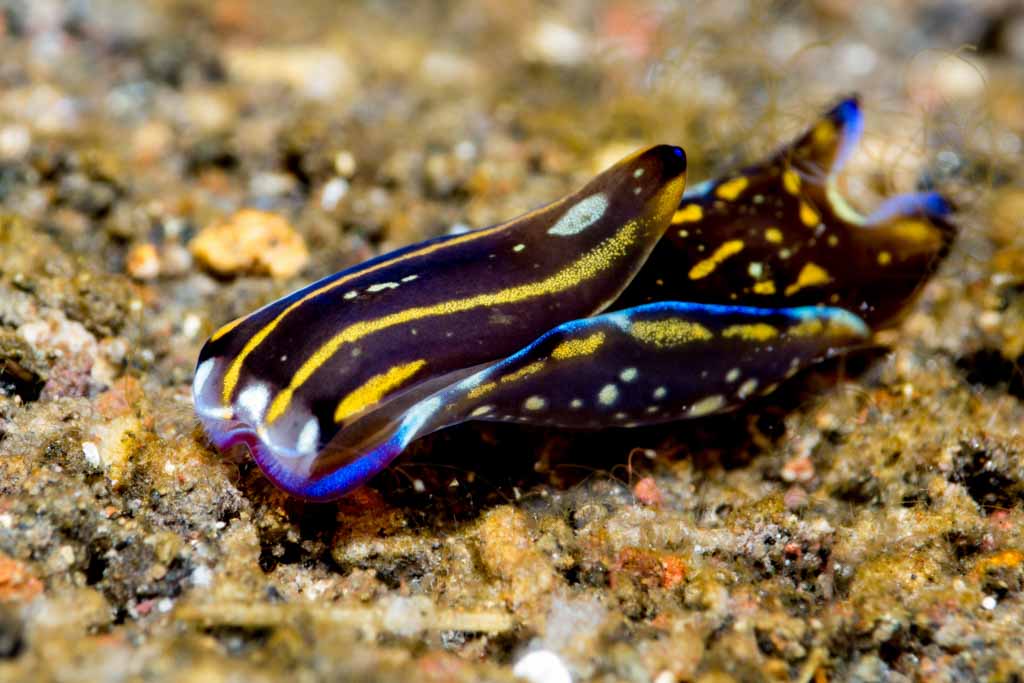
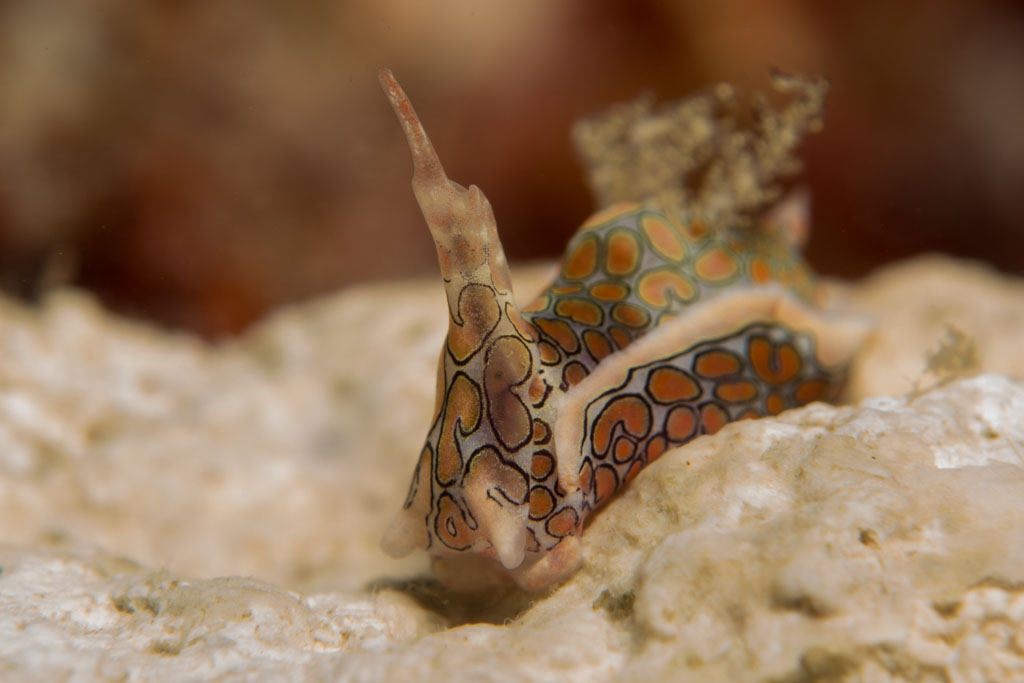
Actenoidea
This is a new clade proposed only proposed in 2010, so far these slugs have been included in the headshield/bubbleshell slugs, as these slugs do have bubble-shells as well it is easy to understand why. Many can retract completely into the shells. None of the Actenoidea have rinophores.
One member of this clade which is a favourite of scuba divers is the backpacker (Micromelo undata).
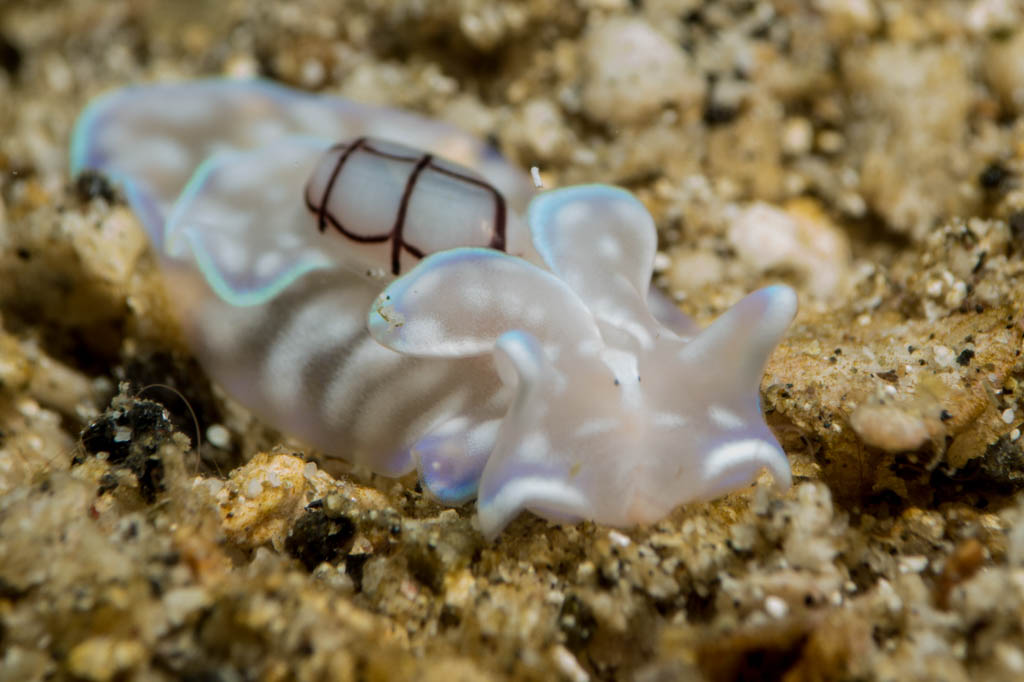
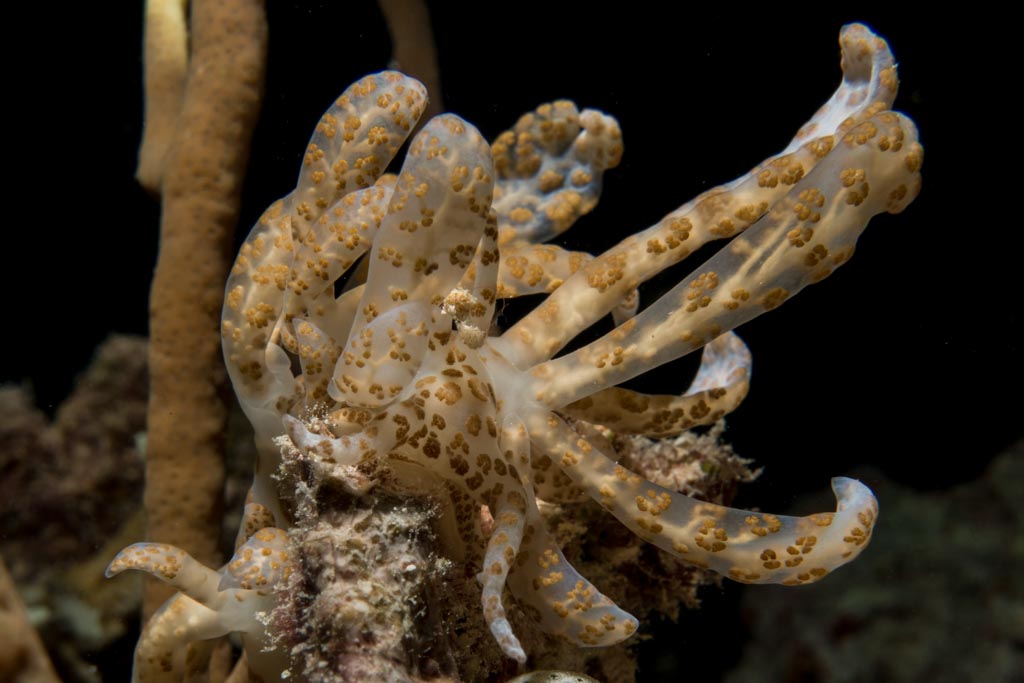
Interested in nudibranches? Get the latest “Nudi-Book” with over 1000 slugs from the coral traingle!
Sapsucking slugs (Sacoglossa)
Most sapsucking slugs are small in size and feed on algae. The name describes their ability to suck in the contents from algae cells. Most have rolled, tube-like rinophores.
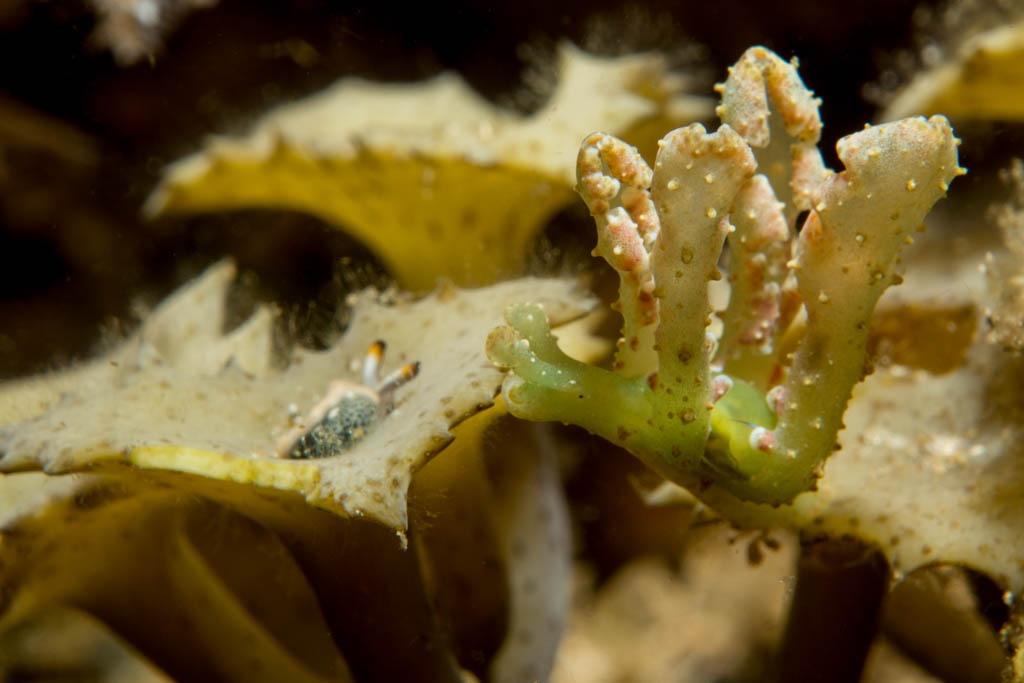
One of the most famous members of this order is Shaun, the sheep (Costasiella)
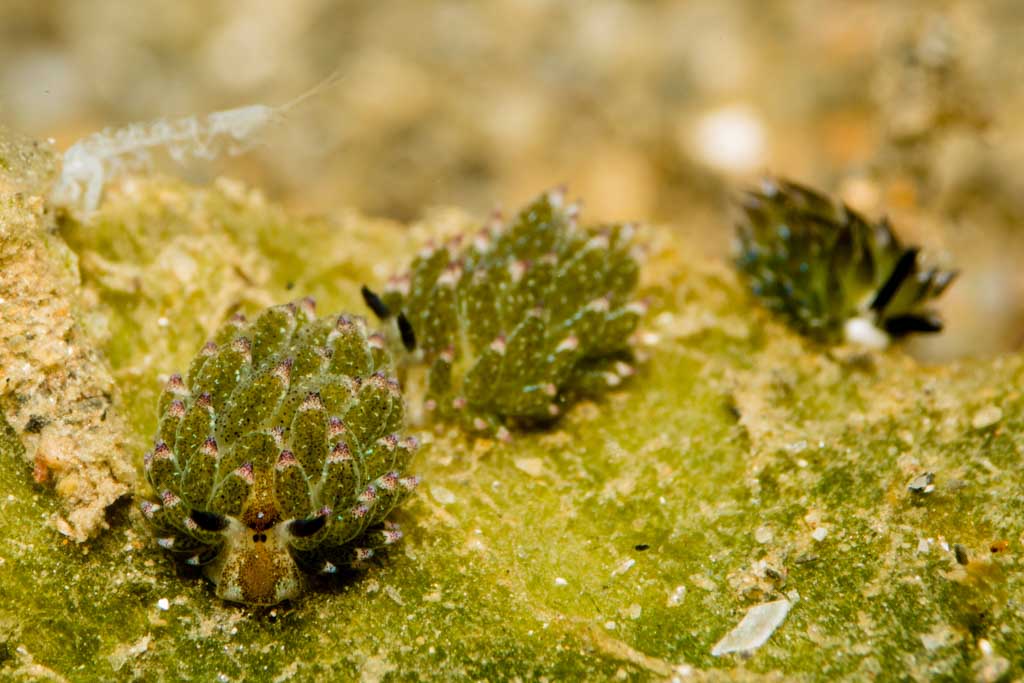
as well as the butterfly slugs (Cyerce).
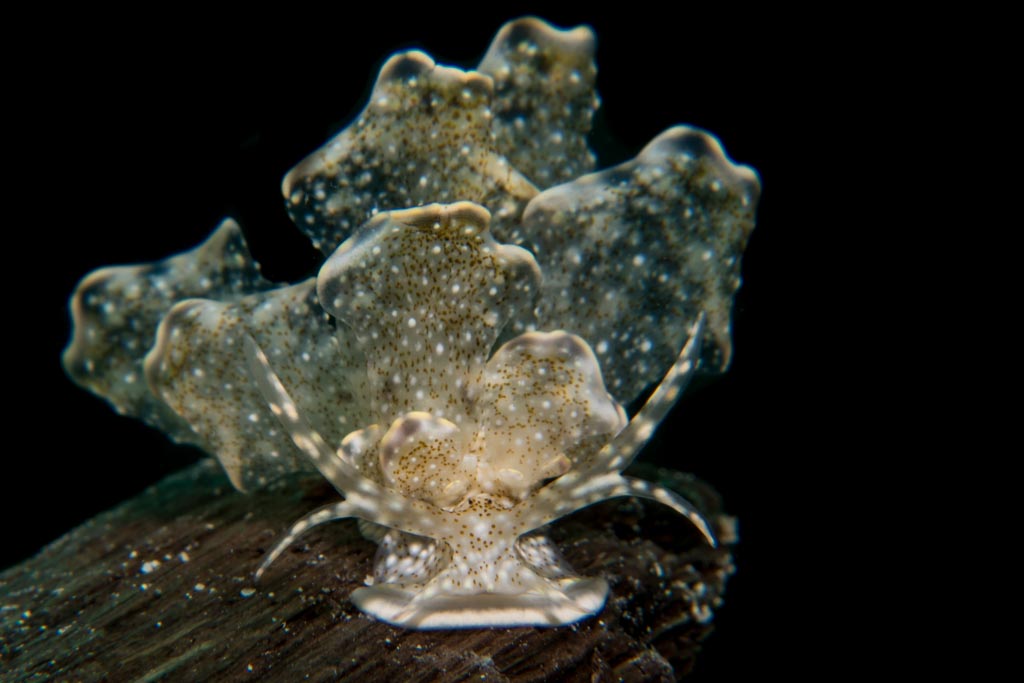
Sea Hares (Anaspidea)
Their rabbit-like appearance including rolled rinophores that look like ears brought them the name sea hares. Most have a mantle covering a small shell and they have large tentacles. The gills are enclosed in the mantle.
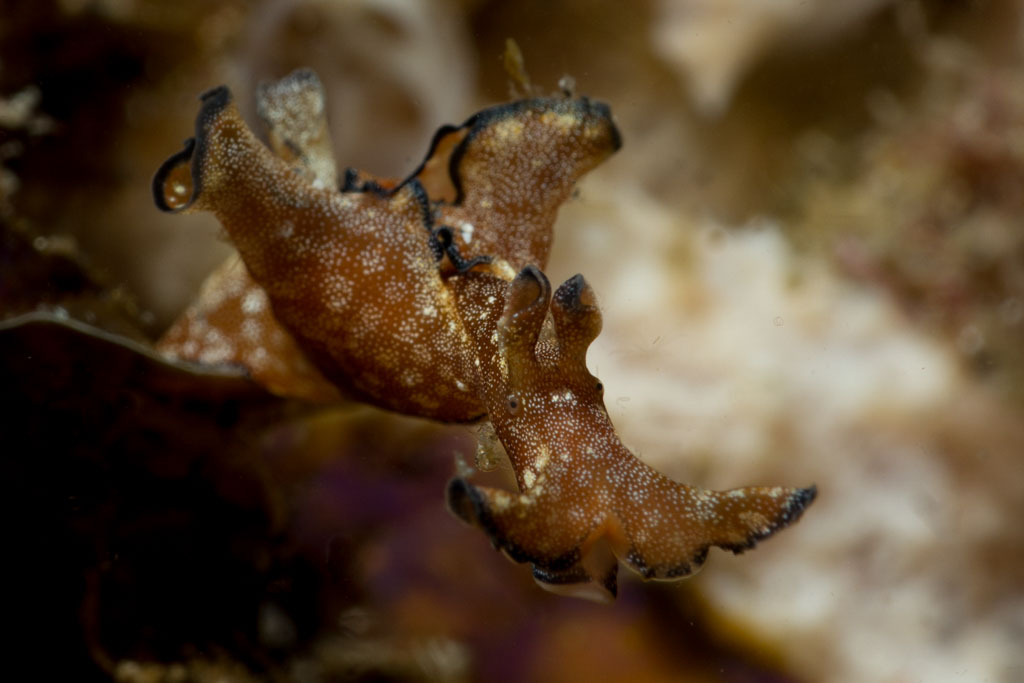
When opened up the mantel flaps can be used by many species for swimming.
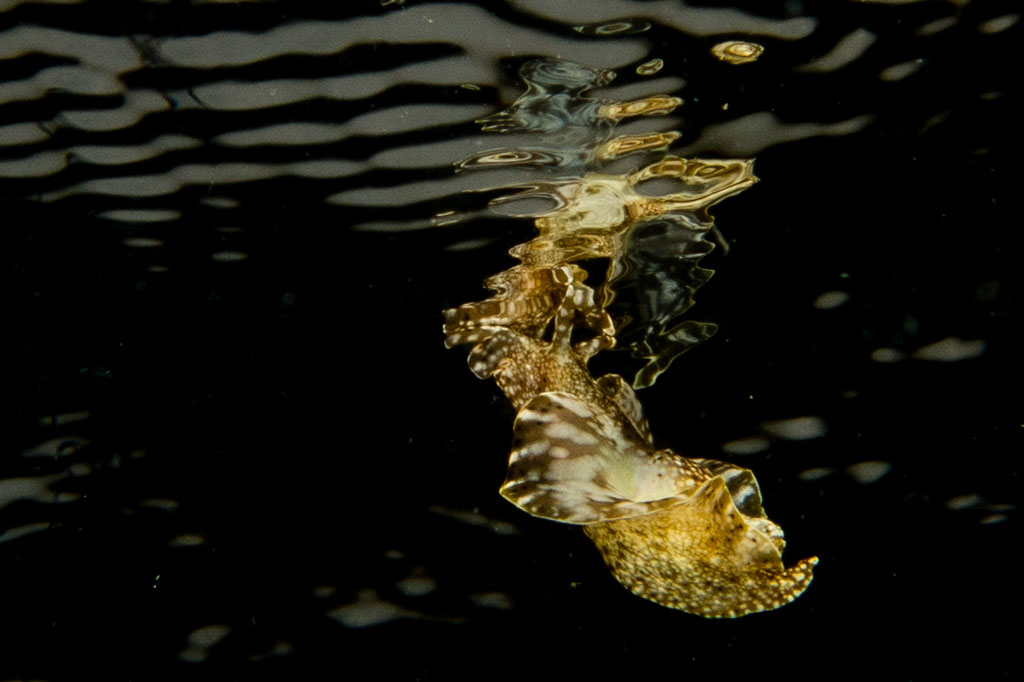
Umbrella-shells (Umbraculoidea)
These flat slugs were previously in the same order like the sidegill slugs and are now seen as a seperate clad. The gills are located on the right side under the mantle and have a flat external shell.

Nudipleura
Pleurobranchoidea and Nudibranchia have been combined into this clade in 2010.
Sidegill slugs (Pleurobranchoidea)
Their gills are located on the right side under the mantle. Many species of this order do have internal reduced shells while some lost the shell completely. The sidegill slugs can grow quite big with up to 30 cm in lenth.
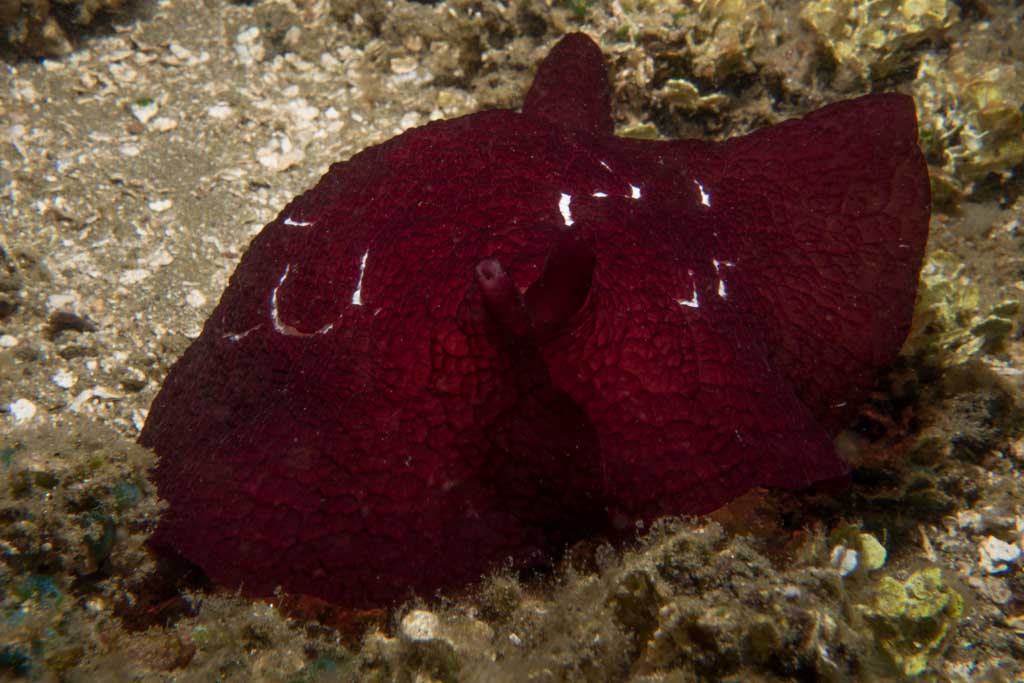
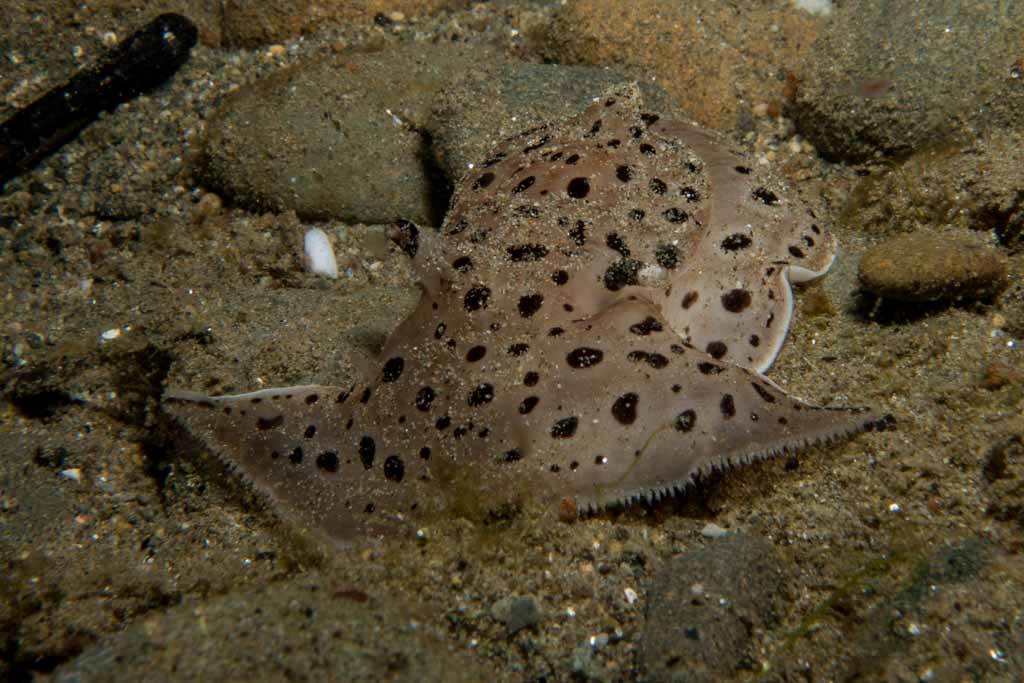
None of the slugs above are nudibranchs!
Nudibranchs (Nudibranchia)
Nudibranchs are the most diverse clade of sea slugs. The word Nudibranch means naked gill in Latin/Greek which refers to the exposed gills.
So now how does one know if the slug is a nudibranch or not?
Nudibranchs all lack a shell as well as a mantle cavity, they do have rinophores, head tentacles (which might not be visible) and exposed gills of some kind. The most “typical nudibranch” does have a flowery rosette of branchial plumes around the anus on the back of the body. Others have their gills distributed over the body in the form of cerata (appendices). Nudibranchs are mostly carnivorous.
These are nudibranchs:
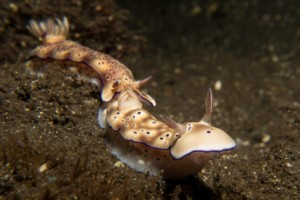

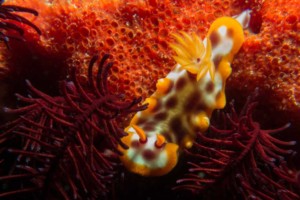
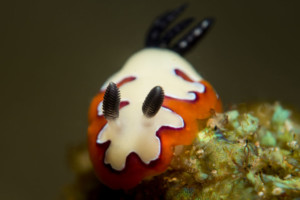
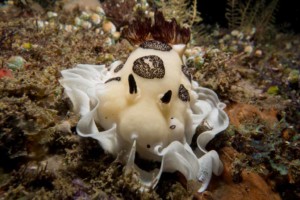
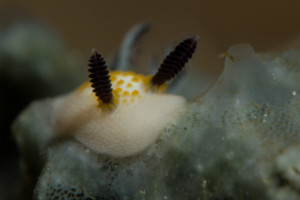
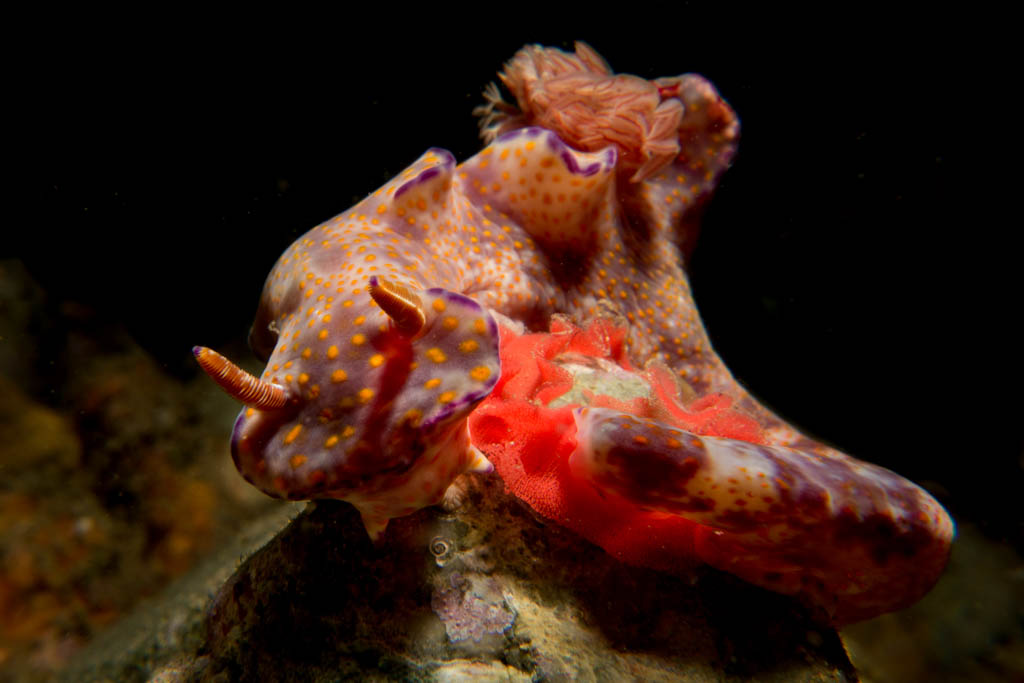
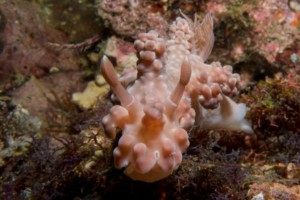
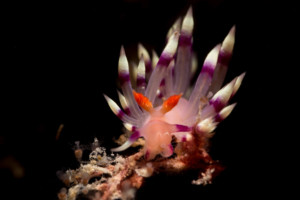
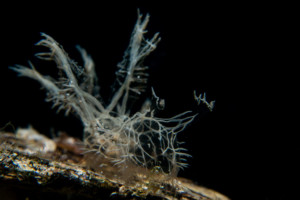
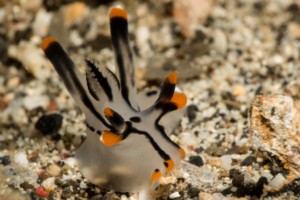
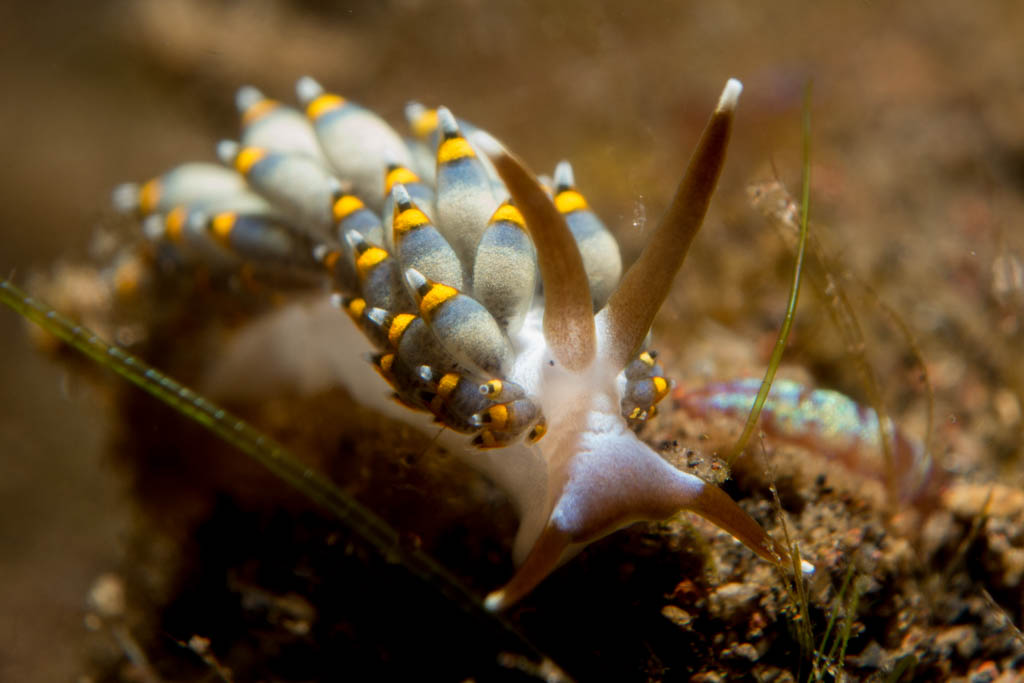
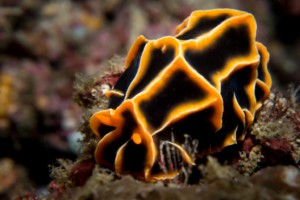
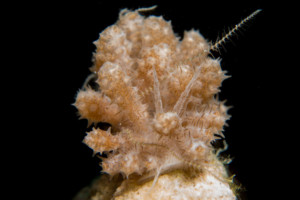
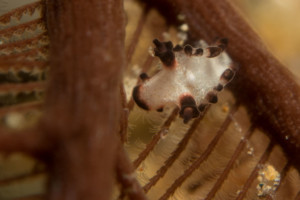
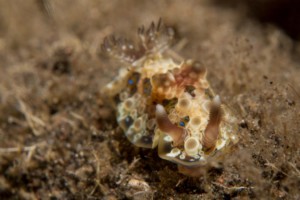

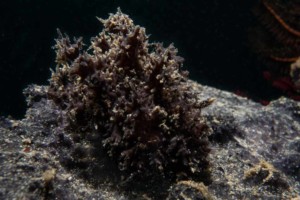
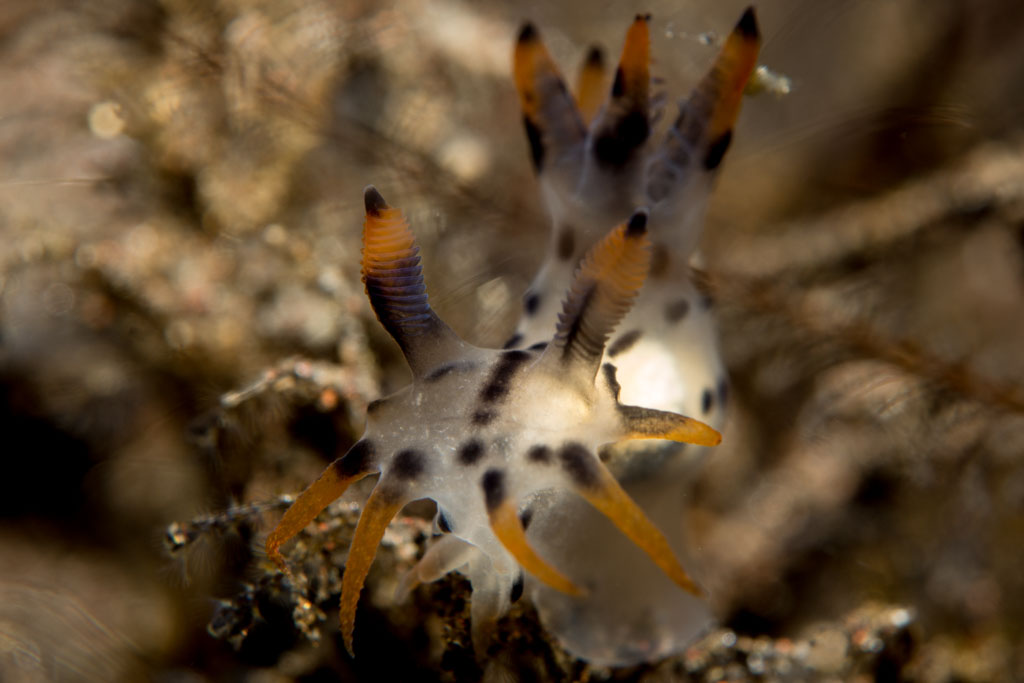
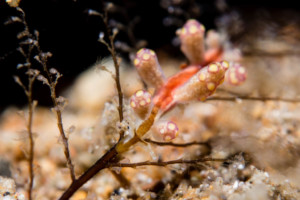
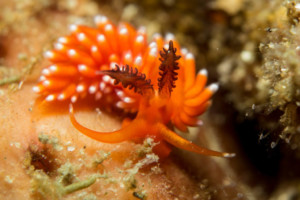
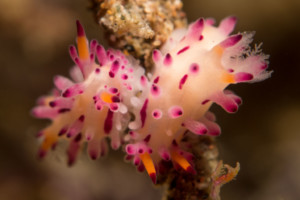
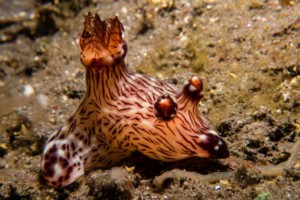
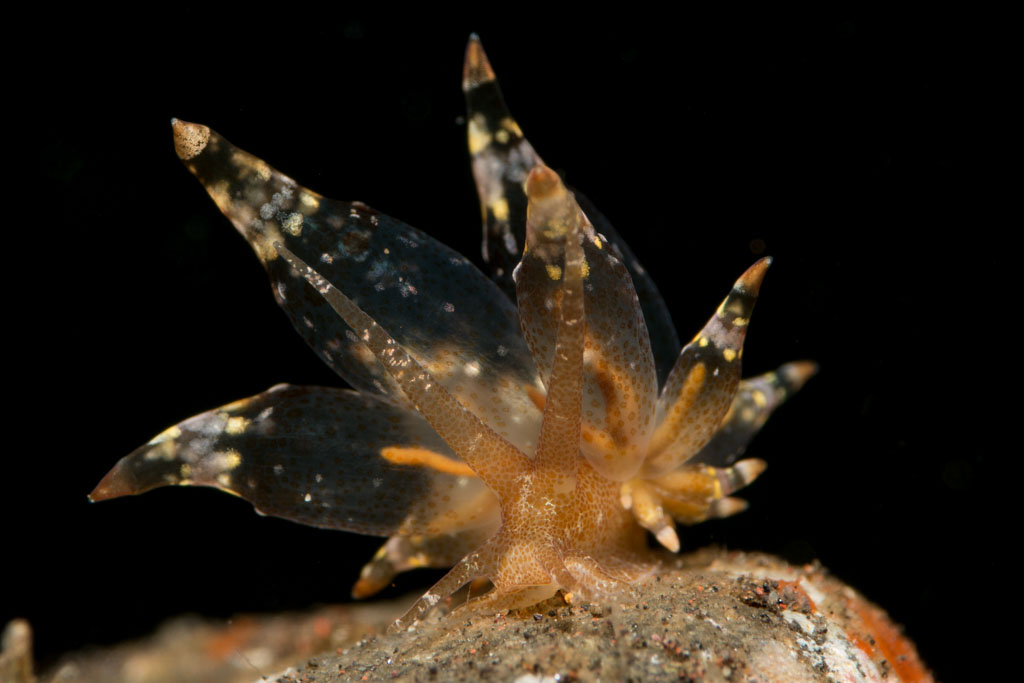

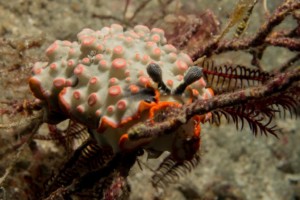
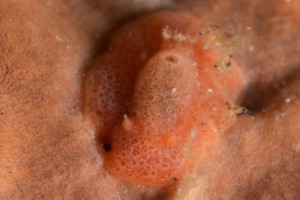
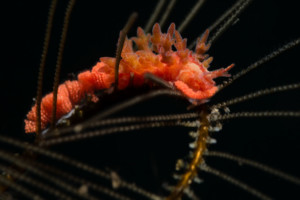
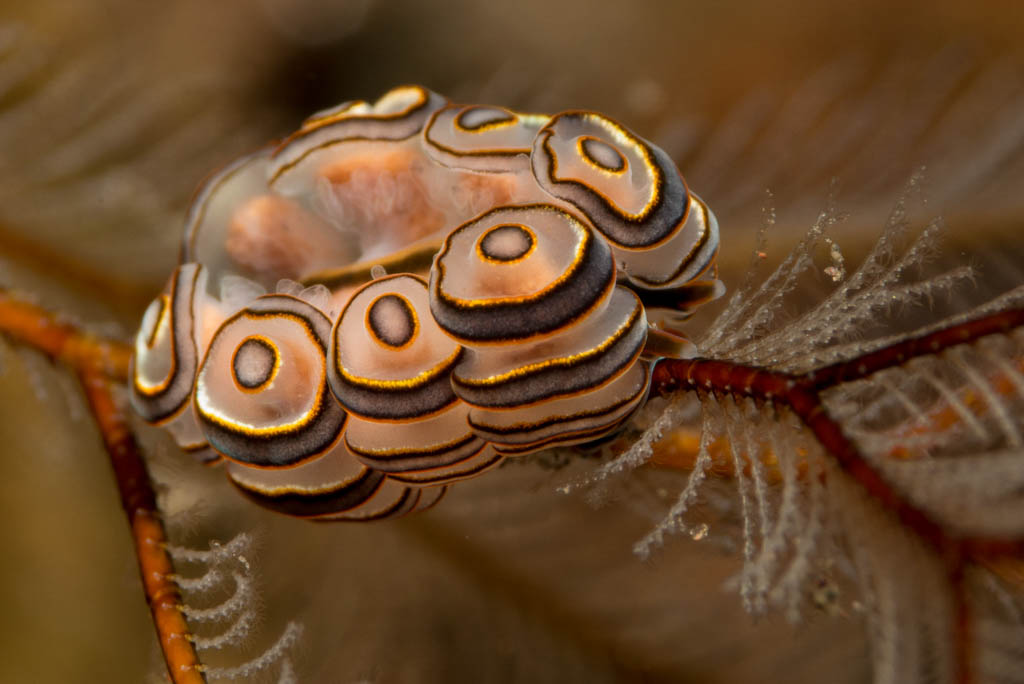
References:
David W. Behrens (2005) Nudibranch Behaviour, ISBN 1-878348-41-8
Neville Coleman (2001) 1001 Nudibranches, ISBN 0947325255
Terrence M Gosliner, David W. Behrens, Ángel Valdés (2008) Indo-Pacific Nudibranchs and Sea Slugs, ISBN 978-0-9700574-3-3
Jörger K.M., Stöger I., Kano Y., Fukuda H., Knebelsberger T., Schrödl M. (2010) “On the origin of Acochlidia and other enigmatic euthyneuran gastropods, with implications for the systematics of Heterobranchia”, BMC Evolutionary Biology 10: 323. doi:10.1186/1471-2148-10-323. PMC 3087543. PMID 20973994
Oskarsa T.R., Bouchet P., Malaquiasa M.A. (2015). “A new phylogeny of the Cephalaspidea (Gastropoda: Heterobranchia) based on expanded taxon sampling and gene markers” Molecular Phylogenetics and Evolution 89:130-150 doi:10.1016/j.ympev.2015.04.011
Poppe G.T, Tagaro S.P. (2006) “The New Classification of Gastropods according to Bouchet & Rocroi”
Schrödl M., Wägele H., Willan R.C. (2001) “Taxonomic Redescription of the Doridoxidae (Gastropoda: Opisthobranchia), an Enigmatic Family of Deep Water Nudibranchs, with Discussion of Basal Nudibranch Phylogeny” Zoologischer Anzeiger 240 (1): 83-97 doi:10.1078/0044-5231-00008.





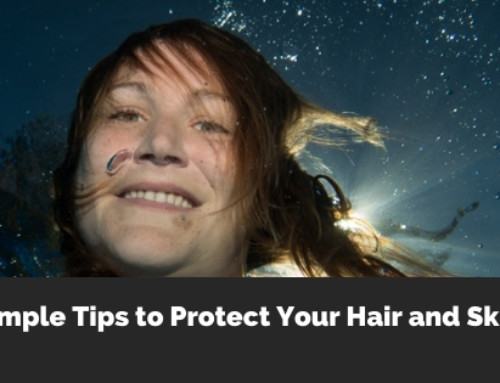

I think all of this species are fascinating! Not to mention gorgeous,well, most of them are. I am not sure I can always tell the difference between the two but who cares-they are beautiful to look at what ever they are!
You are right, they are all beautiful, no matter if nudibranch or sea slug.